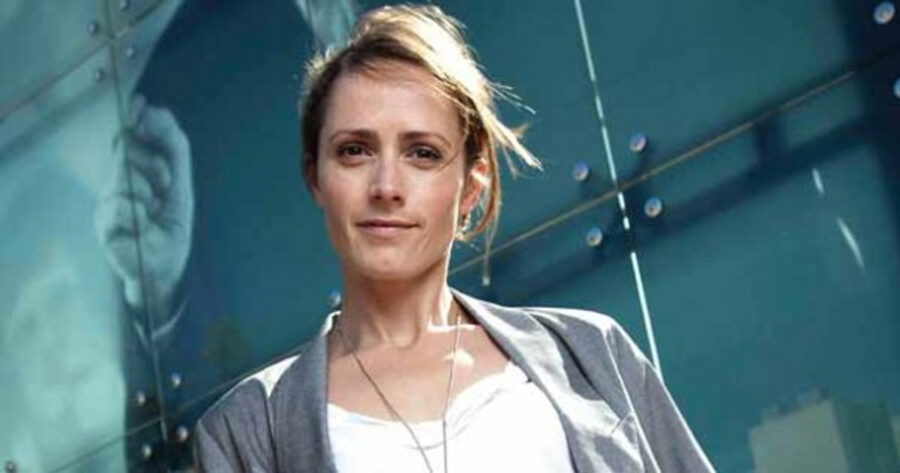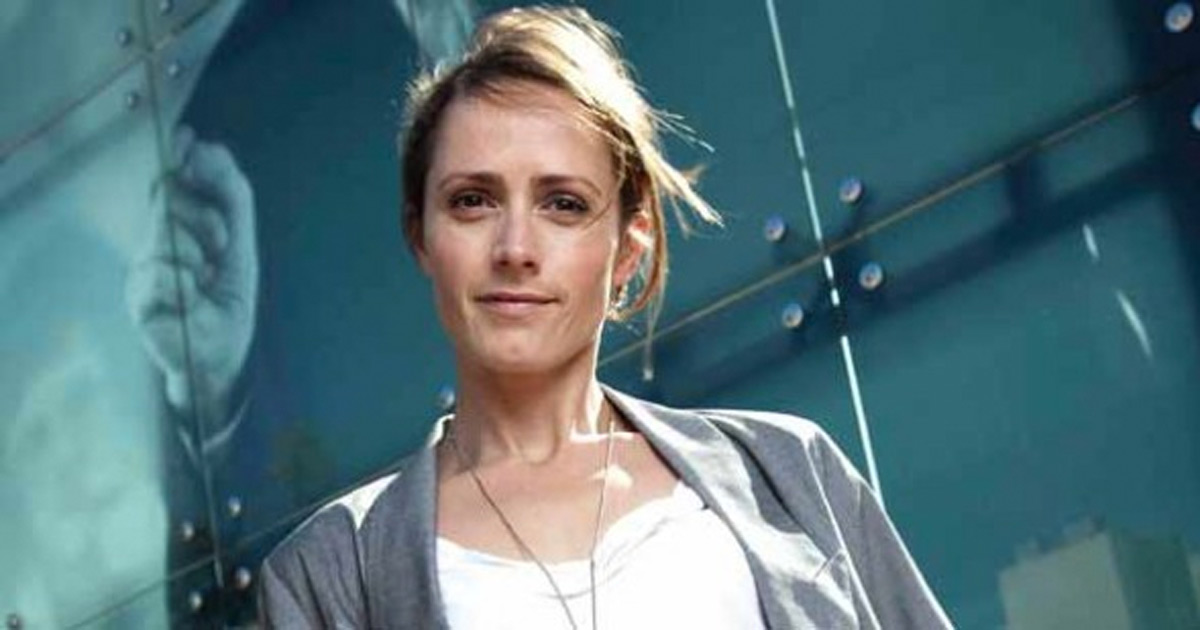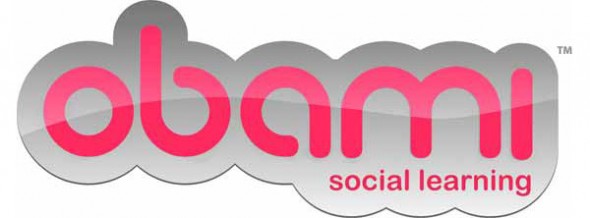
South African Women on Forbes Africa Tech List
Two South African women have made their marks as leading powerhouses in the technology industry, earning a place on the respected Forbes 10 Female Tech Founders to Watch in Africa list. Barbara Mallison and Annette Muller have flourished in Africa’s largely male dominated tech scene, after spearheading successful, innovative companies that set a new standard […]

Two South African women have made their marks as leading powerhouses in the technology industry, earning a place on the respected Forbes 10 Female Tech Founders to Watch in Africa list.
Barbara Mallison and Annette Muller have flourished in Africa’s largely male dominated tech scene, after spearheading successful, innovative companies that set a new standard on a local and international front.
Mallinson is “hugely excited to make the Forbes list, especially to be featured amongst all the other women on the list – each of whom who are doing really great things in Africa”.
“I’ve been interested in tech since I was very little – I spent a lot of time playing computer games, using simple design applications, learning basic code… It’s very difficult to imagine life without it all now. But the thing that I get hooked on is the potential for technology to disrupt entire industries that would otherwise remain pretty stagnant.”
She believes that “technology is a great enabler and it won’t be long before we start to see how the power of tech can transform lives, communities and our economy. But given our infrastructure limitations and the ridiculous cost of data, we aren’t really reaching the full potential of what technology can do for us as a nation.”
Obami founder
Mallinson is the founder and chief executive of Obami, a social learning platform being used by hundreds of schools across Africa, Europe and the United States. Obami was recognised as one of the Top 10 Most Innovative Technologies in the World in 2011 by Netexplo, Unesco and partners, and was identified as one of the Top 20 Start-ups in Africa by Forbes a year later.
Over the past three years, Mallinson has presented her views on social media, social learning and social entrepreneurship across the globe. In 2010, she took part in Old Mutual’s Do Great Things campaign and was also identified as one of the Mail & Guardian’s Top 200 Young People to Take to Lunch. In 2011, she was named an IT Hero and one of Cape Town’s top 10 Women in Business by the Cape IT Initiative. She has contributed to the Unesco Courier as one of 21 young people changing the world and has been recognised as one of the top entrepreneurs and African women in business by the likes of IT Web Africa, CNN, Forbes and the Financial Mail.
Mallinson is the only African on the advisory board of Mobile World Capital, a global initiative driven by the city of Barcelona and the GSMA. The GSMA represents the interests of mobile operators worldwide. Obami was born as a generic social network. Mallinson says she wanted to venture out of the corporate world and believed that social media – as a trend – would only grow and grow. “It didn’t take long to realise how competitive the generic space was, and I was forced to pivot from the generic site to something more niche.”
She was living in the United Kingdom at the time and was homesick for South Africa, where she saw a gap in the market– schools were great at creating these real-life networks, but they weren’t making use of these amazing online tools to take that further – and the rest, she says, is history.

The Obami platform
Obami is a community learning platform that combines social networking tools – things like profiles, profile pictures and newsfeeds – with a learning management system so that teachers, pupils and parents can connect to each other, access educational resources or create and share their own, and sit and submit digital assignments, worksheets, quizzes, tests, exams and questionnaires.
It has a number of features that helps support and engage learning, from resource folders that host online content to portals – mini websites that even seven-year-olds can create – and messages, blogs, media galleries and more. “One of our most comprehensive tools is our online assignment application, which allows educators to create and set digital assignments for their learners to undertake.
“We used the same application to digitise three years’ worth of past [National Senior Certificate] and [Annual National Assessment] papers, enabling South African learners to go online and sit and submit revision papers in preparation for their upcoming exams,” she says. “We are the first and only African company to be doing this.”
In terms of Obami as a platform for improving education, “we believe that it really can make a difference. It increases accessibility to resources, engagement through digital content and the connections users can make with each other, and of course relevance, where data can be analysed across a school, class or individual learner.”
It has about 35 000 users, with about 400 registered organisations. The audience is predominantly South Africa, but Obami has users in more than 15 African countries, as well as in the United States and Europe. Obami, which operates on a software-as-a-service model, has formed partnerships with organisations from Ghana, Namibia, Kenya and other countries in Africa.
Mobile education
Mallinson recently launched mobile tutoring. With this, any pupil looking for Grade 7, 8 or 9 English or maths tutoring aligned to the Curriculum and Assessment Policy Statement can log in to Obami and subscribe to the service at a comparatively lower rate than face-to-face tutoring. “We recruited a bunch of high-quality tutors who have been rigorously trained up – from using the platform to the best of their abilities, to asking the types of questions that suit digital (as opposed to face-to-face) tuition,” she explains.
“We’re really excited about this and can already see it not only grow within the South African curriculum, but across other countries, and into mentoring and professional development too.”
The tutoring sessions differ from the more traditional kind. “Face-to-face tutoring requires a weekly meet up, which is often quite a hassle for parents in terms of carting kids around. While we also operate on a periodic basis, with weekly assignments being set and detailed feedback being issued in response to each assignment, Obami Tutor allows a learner to carry out their work as and when it suits them, via their mobile. It strikes the cord of convenience, affordability and engagement given the medium that it is facilitated through.”
Education boils down to a few major components, Mallinson says, namely content, in support of a curriculum; collaboration, in terms of teacher-pupil, or pupil-pupil, interaction; and assessment, for monitoring and evaluating,
“Education technology – particularly via mobile – is going to be pretty massive across the continent. A huge percentage of Africa’s population has been severely limited in terms of access to resources and a network of quality teachers. Mobile changes everything – we can deliver these services at really affordable rates… It’s a win-win for everyone, and we’re certainly going to see major growth in the sector over the next five years.”
A report by Ambient Insight, an international market research firm, states: “Africa is the most dynamic elearning market on the planet. The growth rate for self-paced elearning in Africa is 15.2%. Revenues reached $250.9-million in 2011 and will more than double to $512.7-million by 2016.”

Annette Muller’s DotNxt contributes to technology in South Africa . (Image: Annette Muller)
DotNxt makes a contribution
About making it on to the Forbes list, DotNxt founder Muller says: “At first I was a little shocked. I didn’t expect it at all – maybe something I was aiming for a couple of years from now, but then reality kicked in and I couldn’t help but feel excited and inspired. And of course a tad of pressure – being listed as ‘to watch’ is rewarding, but more so motivating to keep innovating, deliver and create opportunities.”
Her company is a strategic innovation management firm in Cape Town that was established to bridge the gap between strategy (consulting) and delivery (project management) on a range of digital, mobile, social and next-generation branding projects. “Our unique ability is to make things happen – do you know how many times I hear, ‘Such a good idea, and we really want to do it, we just don’t know how or have the team or resources available right now to focus on new innovations,'” Muller points out.
“Everyone has a technology, digital or some new innovative project they need to deliver. Sometimes they just need someone external, seeing things from a different perspective, to steer the purpose and make it happen. That is where we step in, from idea generation to strategically putting all the pieces of the project puzzle into place at the exact right time, cost and with the best people (teams, vendors, etc.) so that you can deliver faster and smarter.”
In a nutshell, she says, it is about the working environment. “We spend so much time at work I wanted to create a working environment that was flexible, entrepreneurial and exciting, enable more people like myself to be a part of something great, something big, something that can make money and working alongside the greatest minds, inventors, innovators and technology experts on the African continent.”
DotNxt contributes to technology in South Africa in a couple of ways, she adds. “Hopefully every day inspiring and educating clients and people we get in touch with to understand the potential of technology. We also help to grow and build technology companies and individuals freelancing, as we are sourcing partners, suppliers and extraordinary solutions on a daily basis for a range of projects. We operate on an outsourced model and every sale we make, someone else makes money as well. Lastly, through idea generation, we unlock potential for new technologies to be developed, companies to be formed and funding to be invested in sustainable businesses.”
It is all about the ecosystem of innovation, Muller explains. “The more we inspire large organisations in South Africa to innovate, the more we unlock potential for innovative suppliers along the supply chain. The more we successfully manage and deliver, the lower the risk and the better returns we provide to brands, companies and investors funding projects and investing in technology providers.”
The benefits to her clients include inspiring innovative thinking, vendor sourcing and selection, delivering projects in time and on budget, as well as ongoing monitoring. “Like with any business it evolves over time, but the idea to start an ‘innovation company’ has been with me for the last seven years,” says Muller. “I have always wanted to work in innovative environments on exciting projects that will make the world a better place, but I could not find that anywhere – consulting was too, well theoretical, agencies too marketing orientated, start-ups too one-product focused, corporates too slow, and then I stopped searching and decided to create.”
DotNxt was initially inspired and influenced by companies such as Fjord www.fjordnet.com, Ideo www.ideo.com, Continuum Innovation www.continuuminnovation.com, and Frog Design www.frogdesign.com, in combination with the Sequoia Capitals of the world www.crunchbase.com/financial-organization/sequoia-capital. It has recently launched a new division called Digital Training, which is seta accredited and will focus on training in companies large and small in new technologies, new ways of thinking, working and how to successfully launch innovation projects.
“Thinking big, managing big and complex, soon DotNxt is going to manage projects that takes us to the moon, provides education for all of Africa or systems that enables global health care. And hopefully it won’t just be with specialised organisations, but brands, governments and high net worth individuals that step out of their comfort zones and start making things happen,” Muller adds.
The government is also taking steps to grow technology in South Africa. Its Research and Development Strategy was launched in 2002 with the aim of enhancing the National System of Innovation. This involves a cluster of interacting public and private organisations dedicated to nurturing and developing science and technology, with the specific aim of accelerating economic growth.
It has a respected and world-class science and technology community, and the country has been at the forefront of numerous projects involving globally significant and successful new ideas, techniques and technologies.
The Department of Science and Technology, the government body responsible for the sector, budgeted R16.6-billion in its Medium Term Expenditure Framework for it. Of this, R4.96-billion was allocated to the 2012/13 financial year. The allocations to department public entities rose from R2.6-billion in 2012/13 to R2.9-billion in 2014/15 at an annual average growth rate of 5%.
By: Romaana Naidoo
Source: www.mediaclubsouthafrica.com
Read more: http://www.mediaclubsouthafrica.com/tech/3802-local-women-on-forbes-tech-list#ixzz2yZdnArX5
